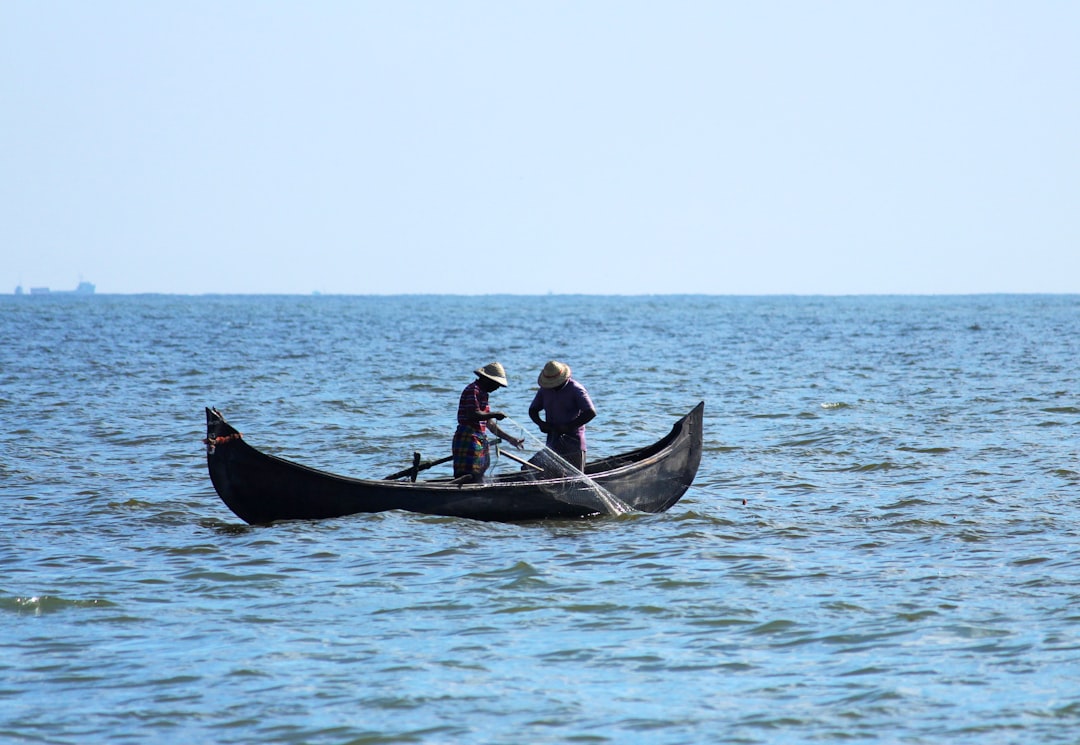What is it about?
Ostracoda (crustacea) are an important part of the Mediterranean benthic fauna. In the fossil record, several ostracod associations and species have been recognised as typical of CO2 rich marine environments. We have studied bottom sediment samples from a pockmark area and from an area just outside it, to check if there were some differences. We have found out that the high CO2 level is a crucial threshold for ostracods life.
Featured Image

Photo by Jan Sandbrink on Unsplash
Why is it important?
It is the first time that a study compares ostracod communities inside and outside a pockmark area
Perspectives
Further studies in seepage and gas rich areas are important to correctly understand the adaptation mechanisms of these crustaceans but also to correctly interpret the paleontological record.
ilaria mazzini
Consiglio Nazionale delle Ricerche
Read the Original
This page is a summary of: Are CO
2
‐rich seafloor pockmarks a suitable environment for ostracod assemblages? The example of the Zannone Giant Pockmark (central‐eastern Tyrrhenian), Marine Ecology, January 2022, Wiley,
DOI: 10.1111/maec.12698.
You can read the full text:
Resources
Contributors
The following have contributed to this page










